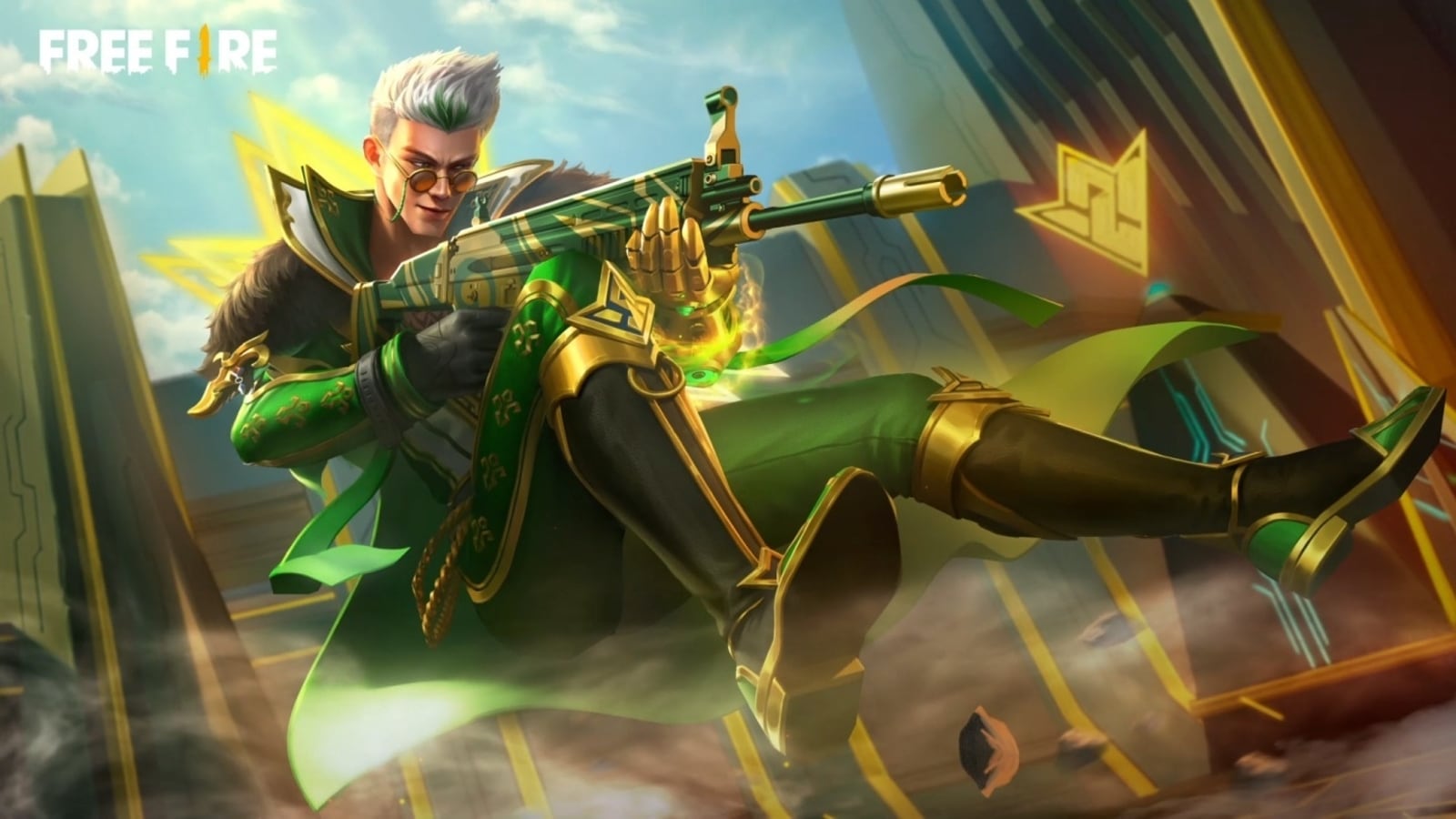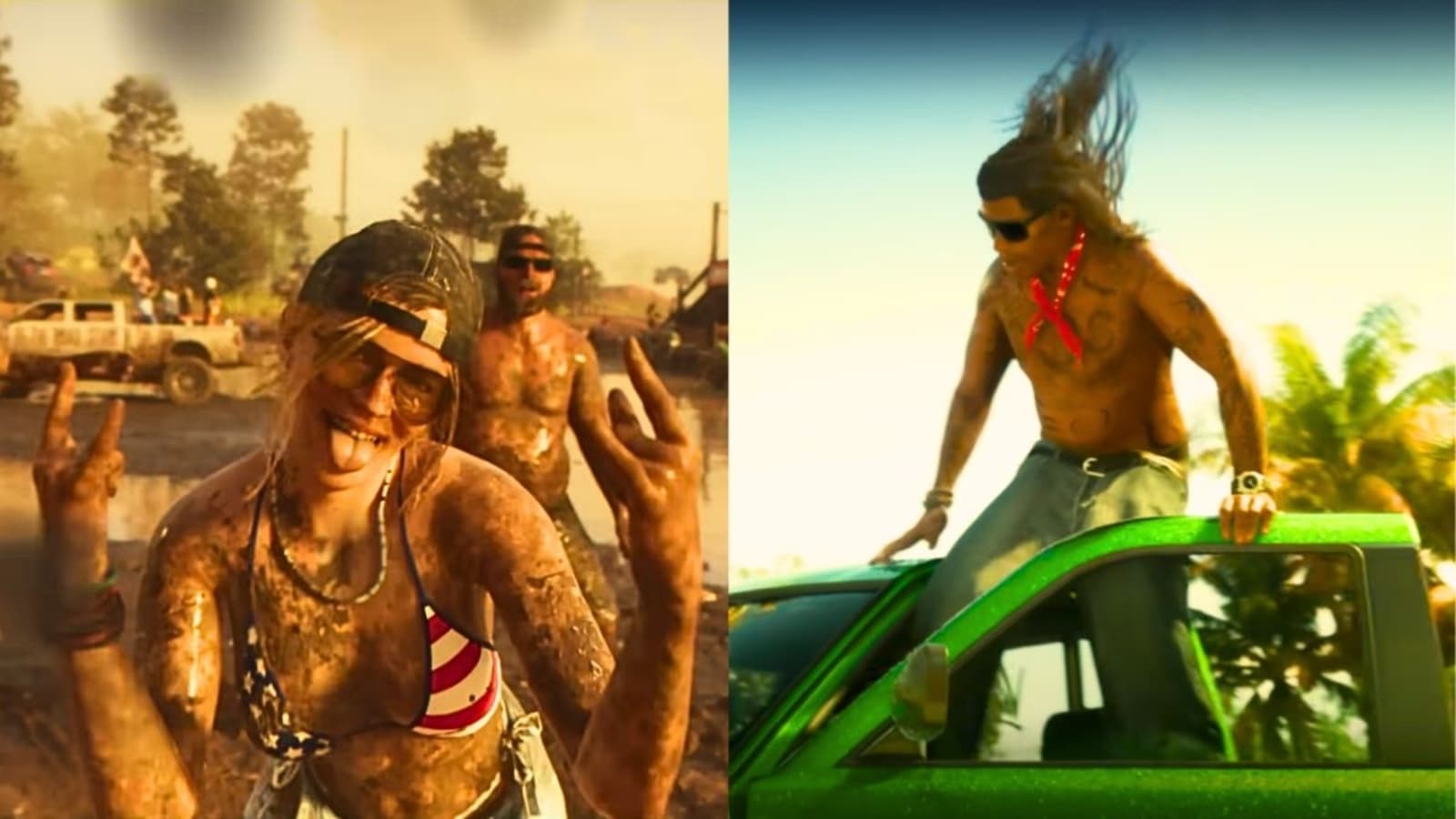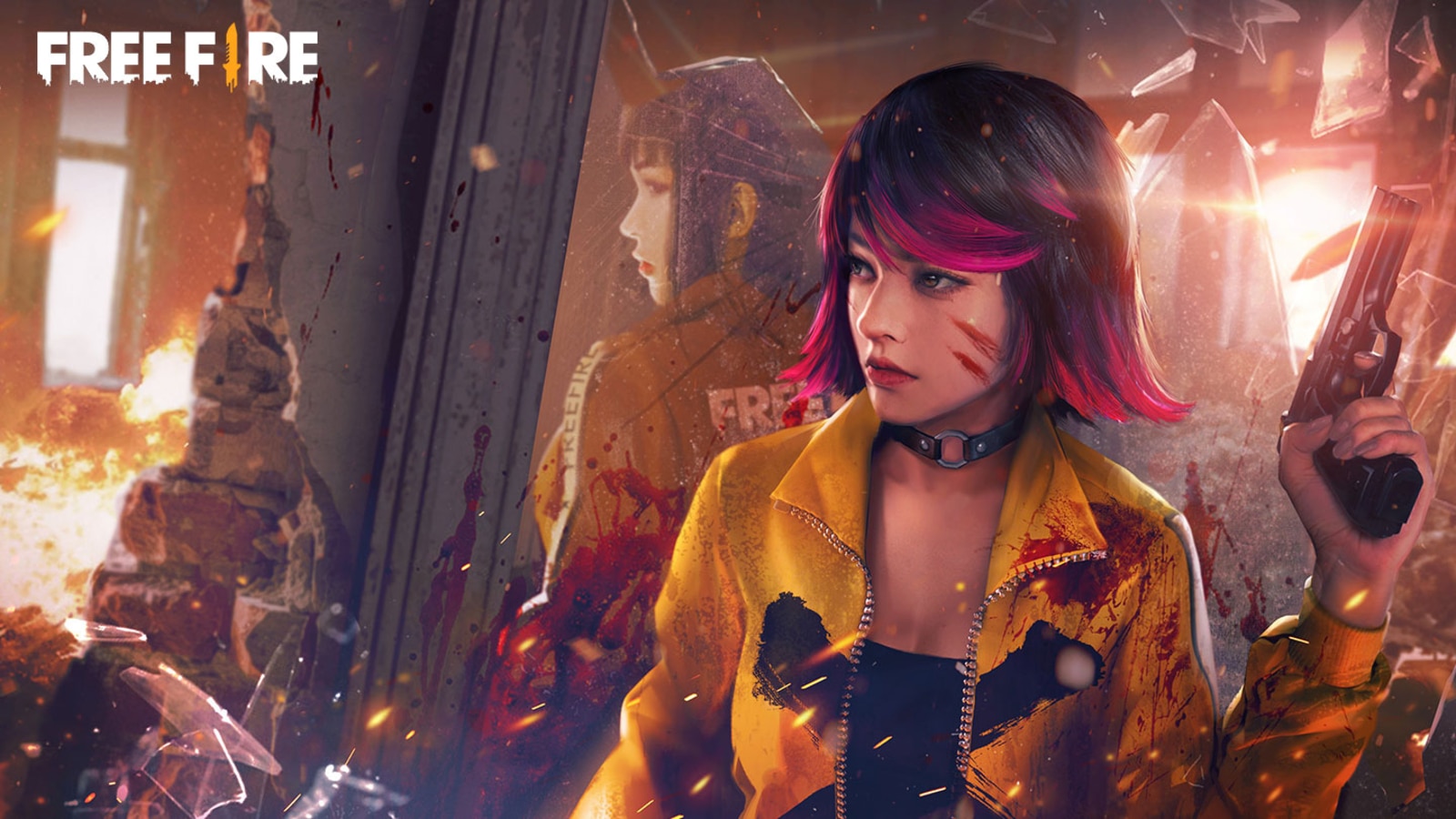Steve McQueen’s postmodern ghost story, “Occupied City,” which clocks in at a whopping four and a half hours, forces us to rejigger and expand our understanding of how movies communicate meaning. The film takes an almost pointillist approach to the telling of history. Based on a book by McQueen’s wife, Bianca Stigter (a Dutch filmmaker and historian whose research into the Holocaust also yielded one of last year’s most astounding nonfiction movies, “Three Minutes: A Lengthening”), “Occupied City” consists of hundreds of mostly static shots of Amsterdam during the pandemic lockdown. With each shot, an impassive narrator (Melanie Hyams) details the corresponding crimes that took place in each location in the early 1940s, when the Nazis invaded the country.
The conceit is willfully repetitive, and its simple, matter-of-fact approach departs from the manipulations of empathy-generating narratives that tend to dominate the subject matter. Often, my mind wandered throughout the film’s countless enumerations, which triggered pangs of guilt and also putting things in perspective: It’s distressingly easy to forget, to lose focus, in the face of horrors whose size and scope are impossible for the human brain to fully process.
Every year I try to take in a few films from the Revivals section, which features restorations of vintage titles, many of them previously inaccessible. “Un rêve plus long que la nuit” (A Dream Longer Than the Night), by the French American artist Niki de Saint Phalle, stood out. Years ago I had visited a de Saint Phalle exhibition where one of the most striking pieces was a door-sized vaginal opening nestled between a behemoth pair of legs. Silly, beautiful, and terrifying all at once, the film is a pagan fever-dream that envisions a feminist revolution through the eyes of a young girl, and its best qualities are in the details: the sheer diversity of papîer-mache penises is astounding.
Also playing in Revivals is a program of shorts by Man Ray, the artist best known for his photographs, but whose films — dizzying experiments with light and movement — turn familiar objects into alien entities. For Man Ray, conventional photography was about capturing reality, meaning his work would manifest images only possible in fantasies and dreams. Now, in the vertiginous age of the internet, with increasingly sophisticated film technologies at artists’ disposal, it’s worth considering films with similar ambitions: those that make legible the unreal. In “The Human Surge 3,” the director Eduardo Williams uses a 360-degree camera to capture the roamings of a multicultural group of friends, each from a different part of the world: Peru, Taiwan and Sri Lanka. Using uncanny, stretched-out images that resemble those on Google Earth, Williams’s remarkable vision of digital interconnectivity collapses borders and language barriers in wondrous, psychedelic fashion.
























